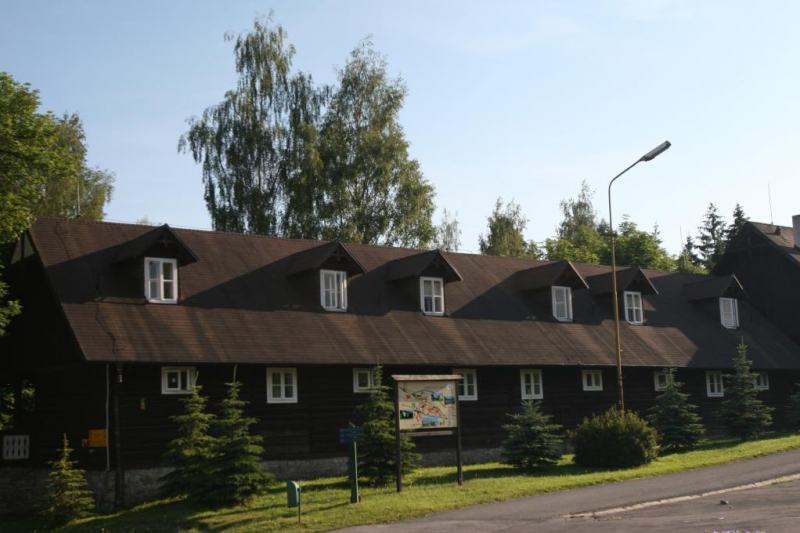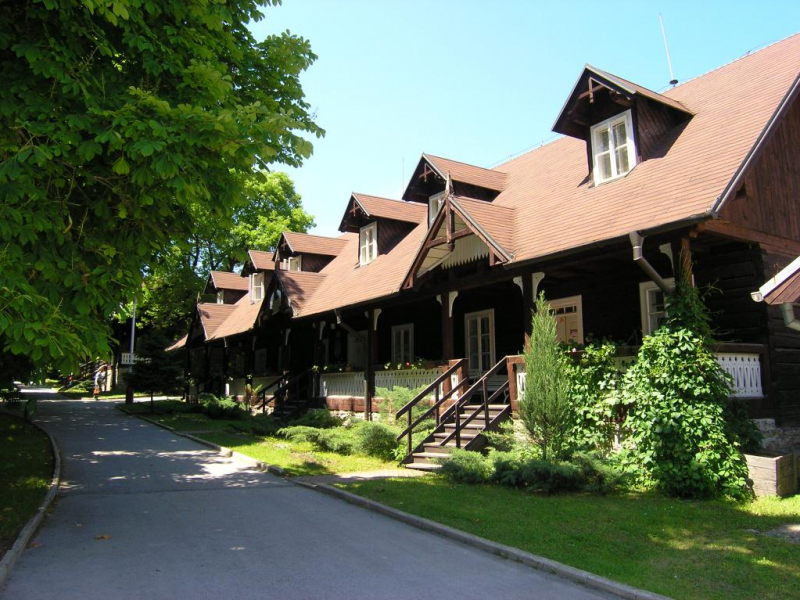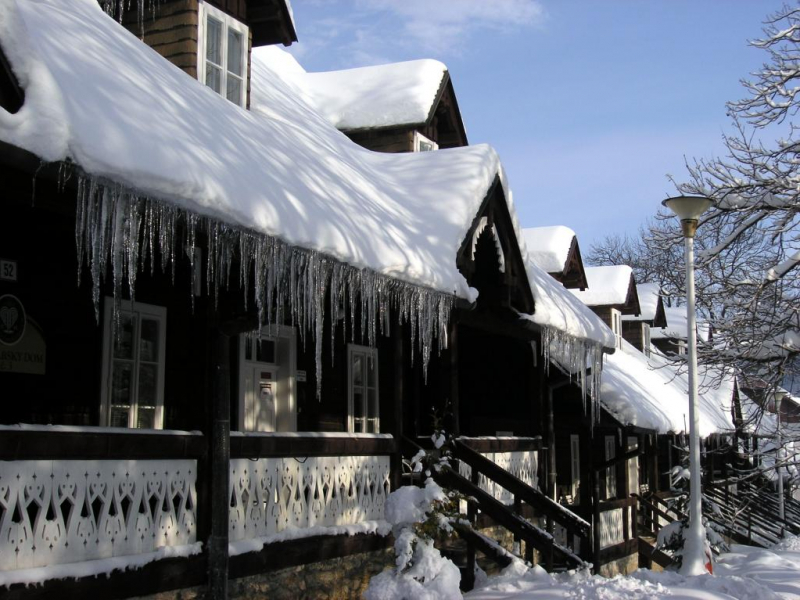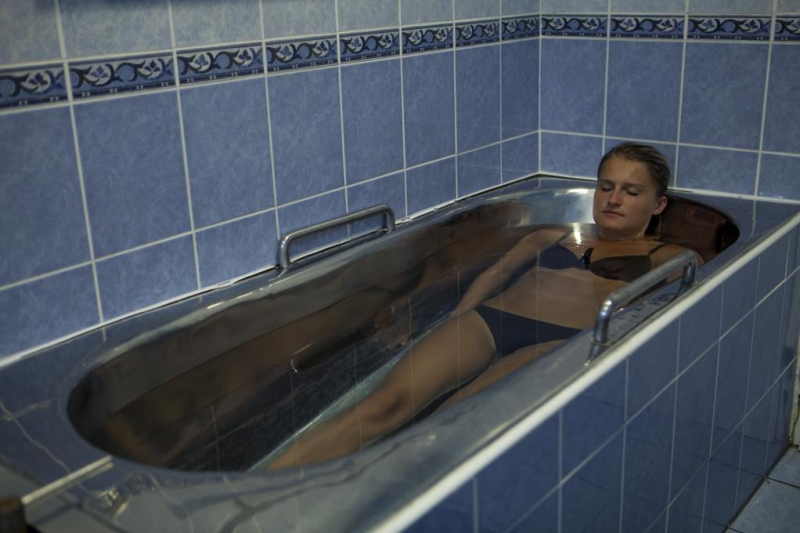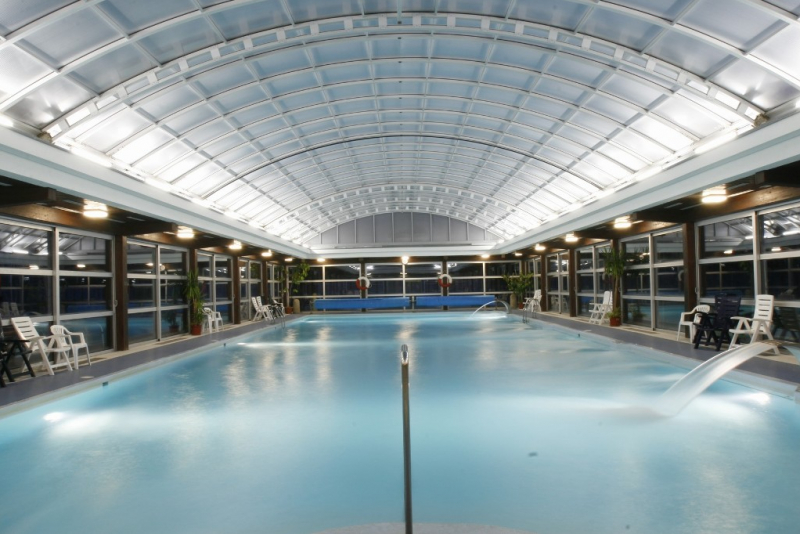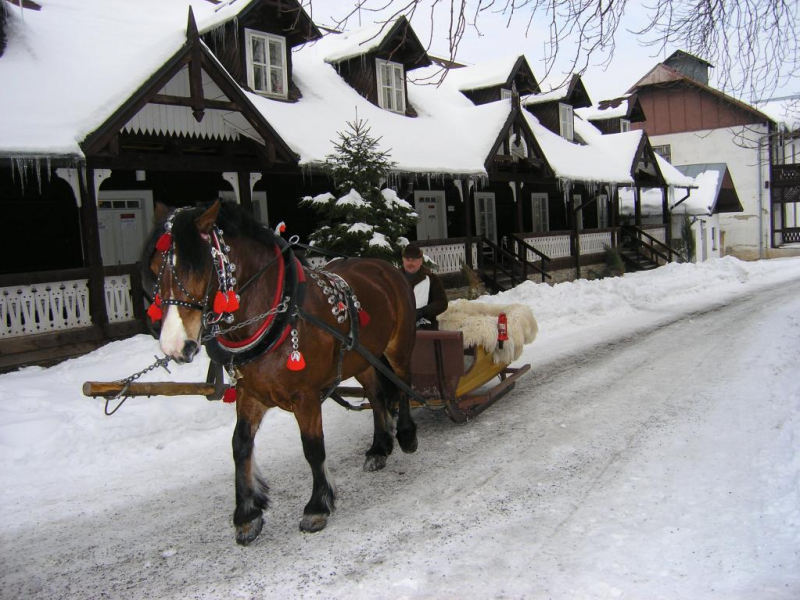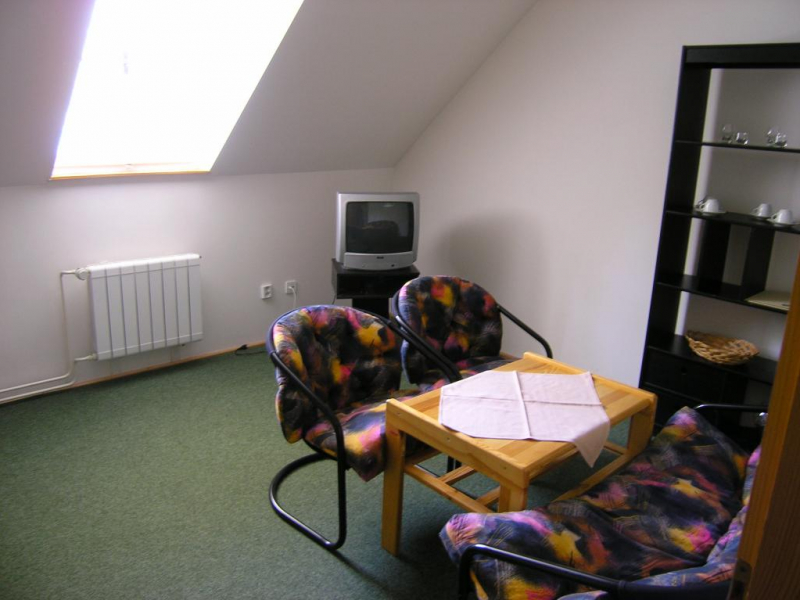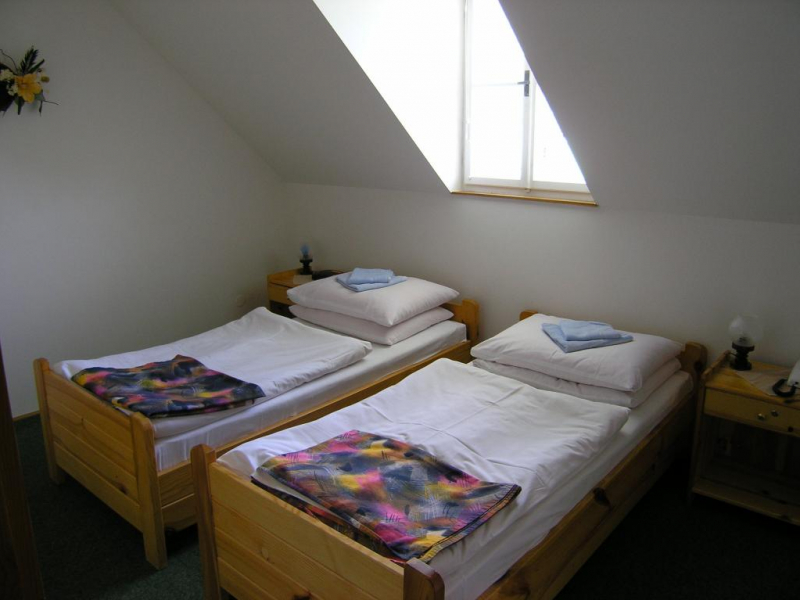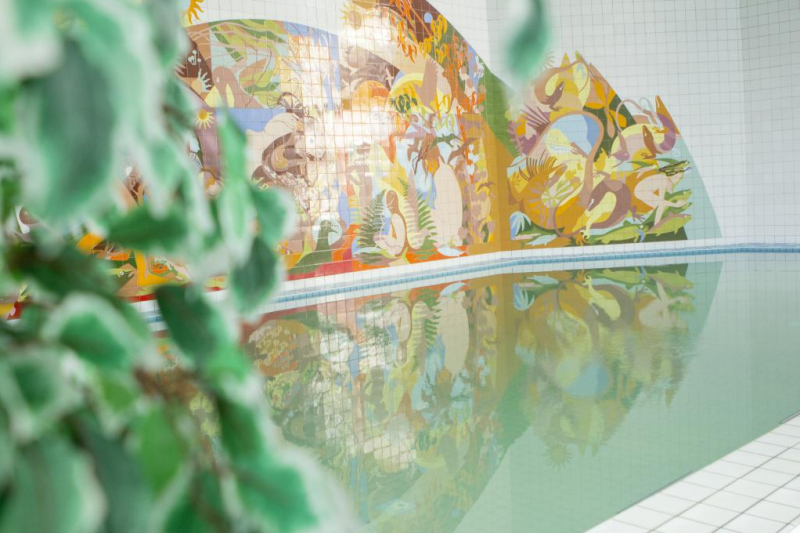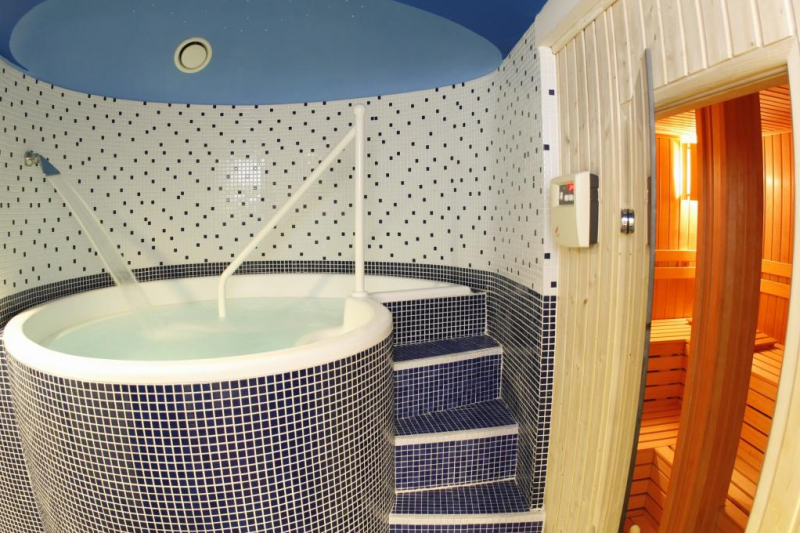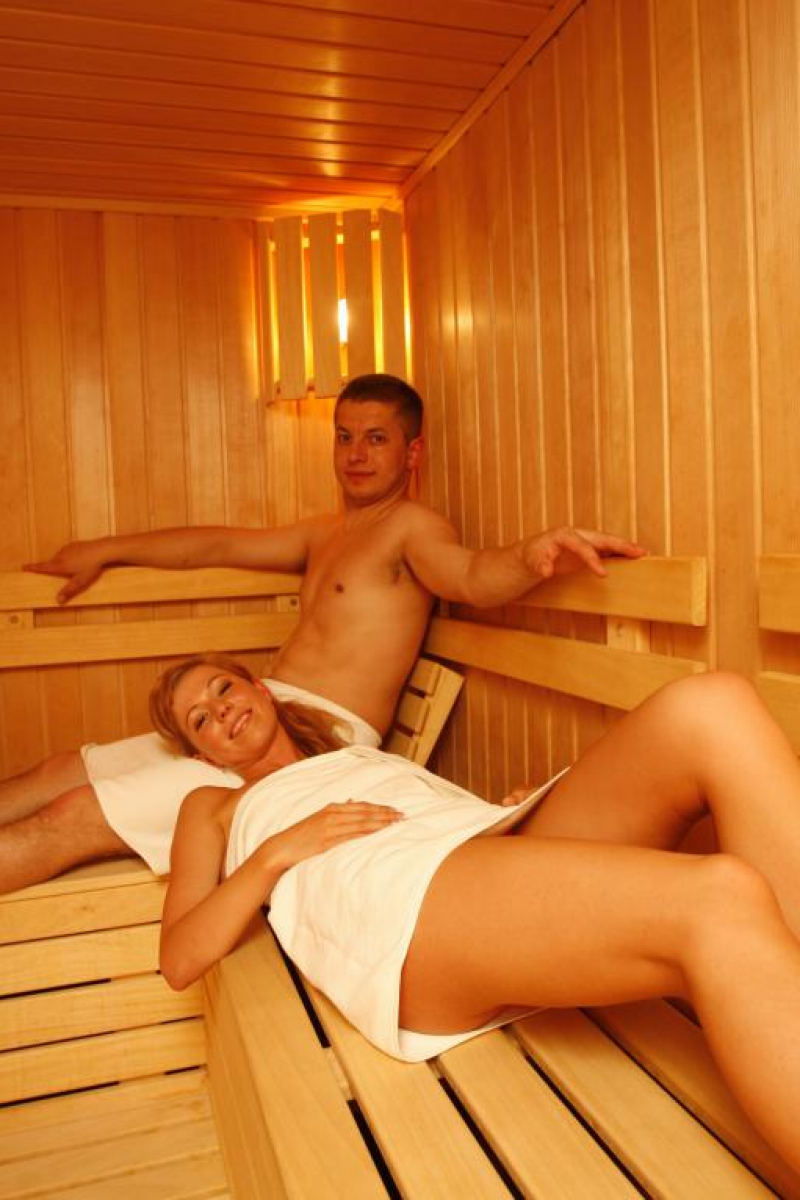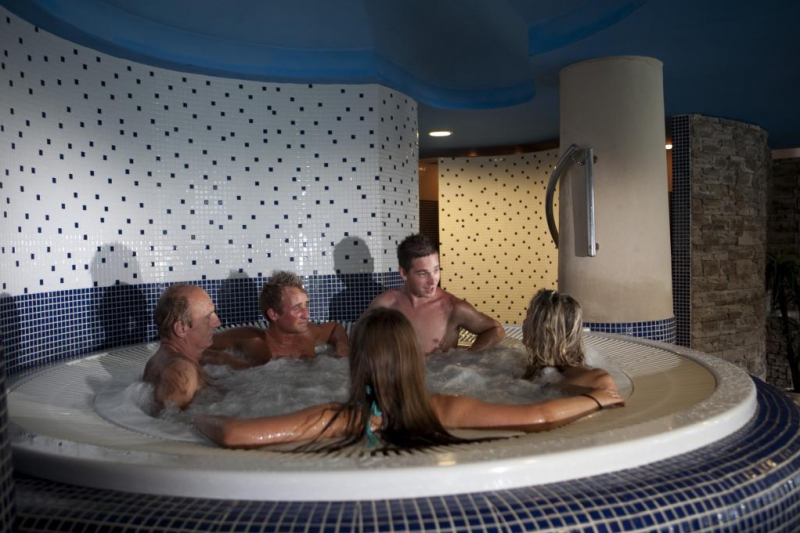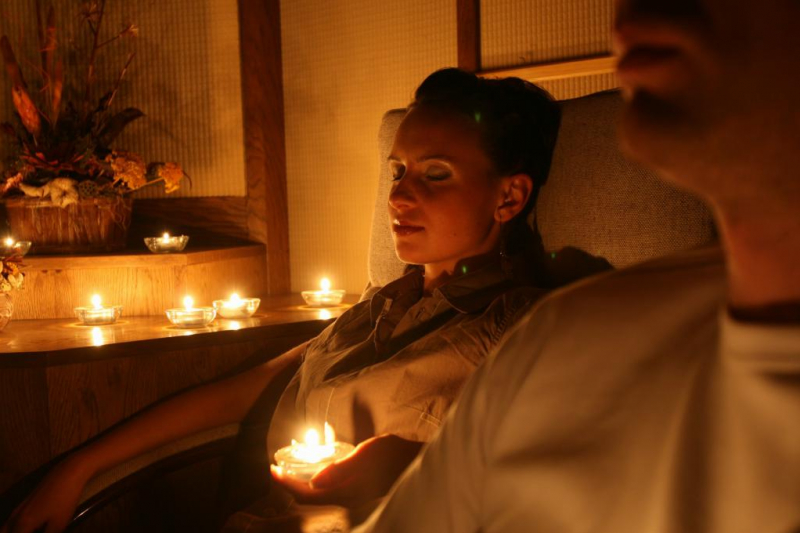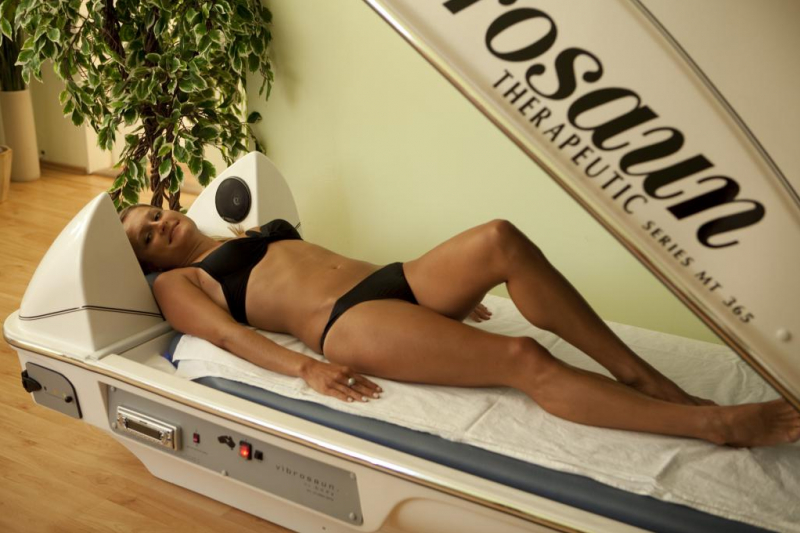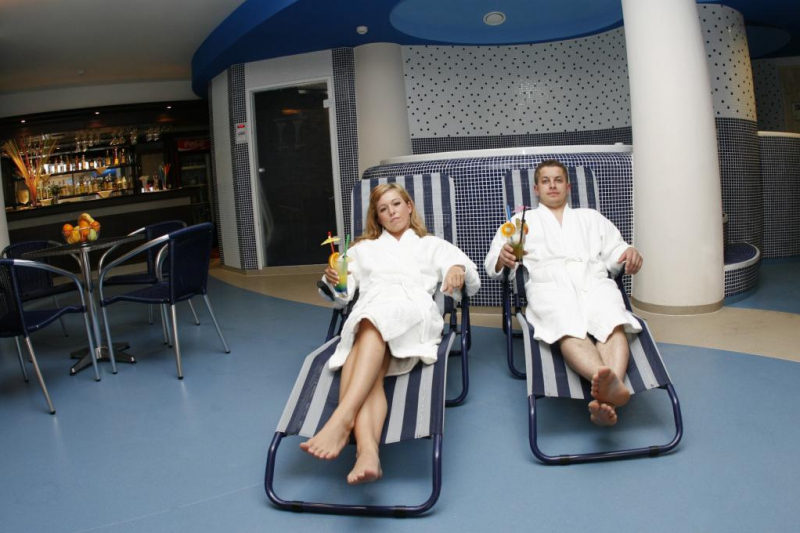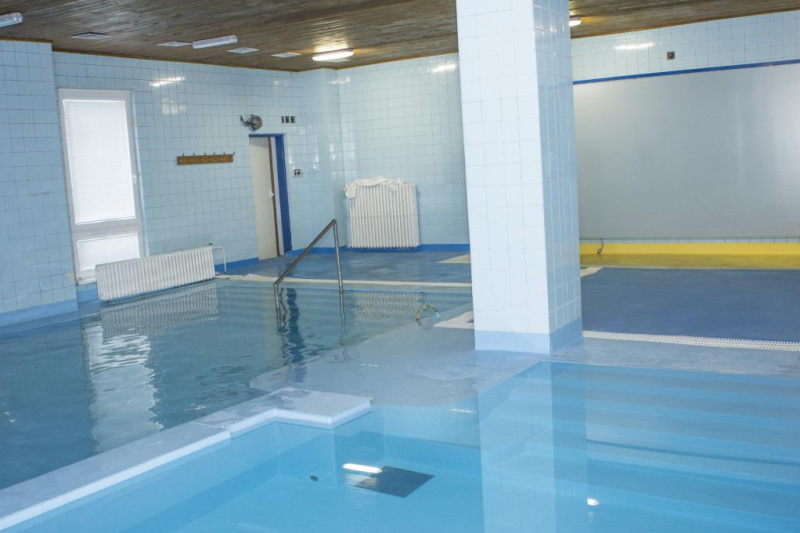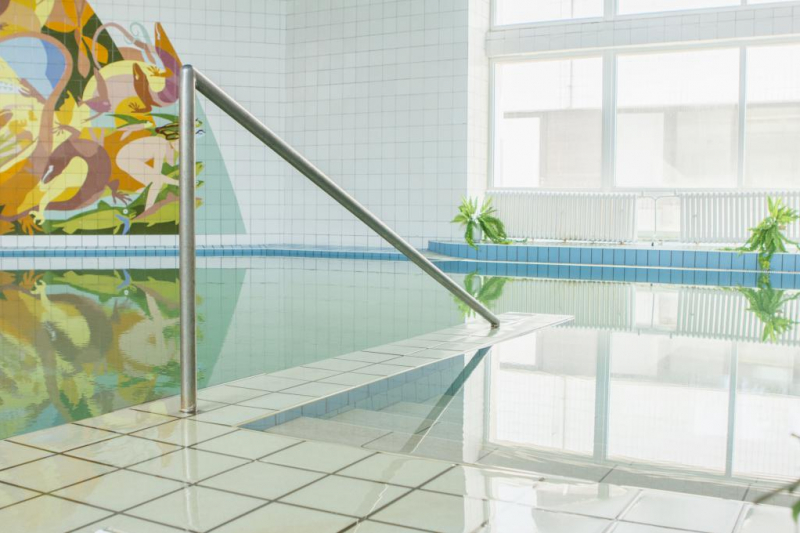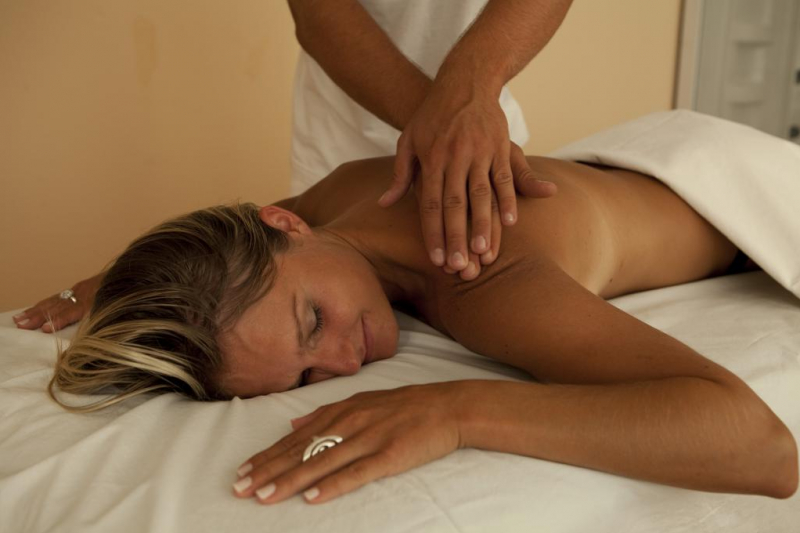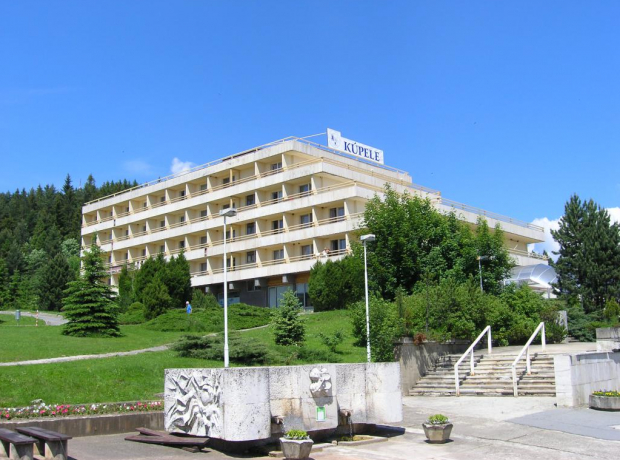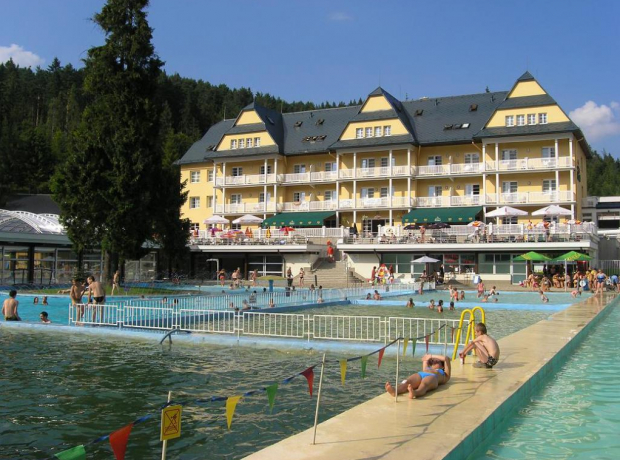Spa Vyšné Ružbachy - SWISS HOUSES***
Check in: od 14.00 hod.
Check out: do 13.00 hod.
The municipality of Vyšné Ružbachy was established at the big mineral springs on the east of the root of the Spišská Magura Mountains. It is situated 623m height above the sea level in the Valley of Zálažný potok stream. The area of the municipality was settled already in the paleolit period. That proves the artefacts in the travertine mine. The first record about the village comes from 1288, when Šoltýs Henrich from the village of Podolínec has established villages of Nižné and Vyšné Ružbachy. The "Golden Age" of Ružbachy had started from 1549. The Polish king Kazimír named the Earl Sebastián Ľubomirský as the heritable mayor of advanced towns. It stimulated building and society development. The spa building with the pool, kitchen, canteen and common room were built in 1595. The son of Sebastian – Stanislav created from the spa known centre of polish and Ugrian aristocracy. After extinction of direct ascendants of Ľubomirsky family in 1744, the spa started to change their owners what apparently had negative influence for its further development. The advanced areas became again the part of Ugrian in 1722 and the development of the spa has almost stopped.
In 1825 the spa became property of baron of von Jony. He started with the rebuilding of it. He built the manor-house, new spa house and mirror bath here. His heir son, Daniel Jozef Jony, administrated the spa till 1865, when it became the part of property of lycée in the town of Kežmarok for the short time. From the lycée bought the spa polish earl Andrej Zamoyski. He let to built-up the natural thermal pool to architect Oskar Zuber in 1923. This pool was the largest in the Slovakia that time. The village of Vyšné Ružbachy had gradually started to change to the one of the most modern spas in the Slovakia. After the death of Andrej Zamoyský in 1927, the spa became a heritage of his youngest son Ján and his wife Izabella de Bourbon – a niece of Spanish king. Ján Kanty Zamoyski and Izabella de Bourbon had four children and their son José and daughter Tereza live in Spain. According to official information, this family belongs to the most honored ones in Spain. Also Spanish king and Prince of Bourbon visited the spa before WW II. The White House, one of the local dominants, was built on the green field during one year – on the travertine mound in the Biedermeier style. It was designed by architect Kesselbauer from the city of Levoča. Plan and realization of the building was under the supervising of Ing. Jozef Kováč. Earl Zamoysky let to build this modern building to get a suitable place for catering. Nowadays, it is used as a canteen, café and social centre. Plans of the owners for the spa development and revitalizing were abolished by WW II., and the later political changes, when the private property was put under the state control. The spa area got under the control of ROH - Revolutionary Labour Union Movement, organization of workers in 1952. In 1957, they went back again under the state administration. Buildings of the spa come from the years of 1920 till 1940 and they are enlarged with the buildings from the years of 1975 till 1997. The curiosity of the area is a small lake – Kráter (crater) with the thermal water from the spring named Izabella. This crater is situated on the top of travertine mound and it is protected natural landmark.
Unique alpine lodge style houses provide the best comfort in hotel rooms. Swiss houses are perfect for clients who looking for quiet and calm place to stay.
Location:
Situated in middle of Spa
Rooms:
-
Single rooms, double room, double bed apartments
-
Standard rooms are equipped with: bathroom, WC, radio, telephone, TV-SAT
-
Apartments are equipped with: bedroom, living room, bathroom, WC, radio, telephone, TV-SAT
Restaurant
In historical building of White House – in front of Swiss houses
SWISS HOUSES***
Zadaným podmienkam nevyhovujú žiadne produkty
History
The municipality of Vyšné Ružbachy was established at the big mineral springs on the east of the root of the Spišská Magura Mountains. It is situated 623m height above the sea level in the Valley of Zálažný potok stream. The area of the municipality was settled already in the paleolit period. That proves the artefacts in the travertine mine. The first record about the village comes from 1288, when Šoltýs Henrich from the village of Podolínec has established villages of Nižné and Vyšné Ružbachy. In 1412, Zigmund of Luxembourg gave in advance 16 towns of Spiš region (Vyšné Ružbachy included) for 360years to the Polish king Vladislav II. Jagellonian.
The "Golden Age" of Ružbachy had started from 1549. The Polish king Kazimír named the Earl Sebastián Ľubomirský as the heritable mayor of advanced towns. It stimulated building and society development. The spa building with the pool, kitchen, canteen and common room were built in 1595. The son of Sebastian – Stanislav created from the spa known centre of polish and Ugrian aristocracy. After extinction of direct ascendants of Ľubomirsky family in 1744, the spa started to change their owners what apparently had negative influence for its further development. The advanced areas became again the part of Ugrian in 1722 and the development of the spa has almost stopped.
In 1825 the spa became property of baron of von Jony. He started with the rebuilding of it. He built the manor-house, new spa house and mirror bath here. His heir son, Daniel Jozef Jony, administrated the spa till 1865, when it became the part of property of lycée in the town of Kežmarok for the short time. From the lycée bought the spa polish earl Andrej Zamoyski. He let to built-up the natural thermal pool to architect Oskar Zuber in 1923. This pool was the largest in the Slovakia that time. The village of Vyšné Ružbachy had gradually started to change to the one of the most modern spas in the Slovakia.
After the death of Andrej Zamoyský in 1927, the spa became a heritage of his youngest son Ján and his wife Izabella de Bourbon – a niece of Spanish king. Ján Kanty Zamoyski and Izabella de Bourbon had four children and their son José and daughter Tereza live in Spain. According to official information, this family belongs to the most honored ones in Spain. Also Spanish king and Prince of Bourbon visited the spa before WW II.
The White House, one of the local dominants, was built on the green field during one year – on the travertine mound in the Biedermeier style. It was designed by architect Kesselbauer from the city of Levoča. Plan and realization of the building was under the supervising of Ing. Jozef Kováč. Earl Zamoysky let to build this modern building to get a suitable place for catering. Nowadays, it is used as a canteen, café and social centre.
Plans of the owners for the spa development and revitalizing were abolished by WW II., and the later political changes, when the private property was put under the state control. The spa area got under the control of ROH - Revolutionary Labour Union Movement, organization of workers in 1952. In 1957, they went back again under the state administration. Buildings of the spa come from the years of 1920 till 1940 and they are enlarged with the buildings from the years of 1975 till 1997.
The curiosity of the area is a small lake – Kráter (crater) with the thermal water from the spring named Izabella. This crater is situated on the top of travertine mound and it is protected natural landmark.
BASIC INFORMATION ABOUT provision of institutional care
NEW: VII. Musculoskeletal diseases
I. oncological diseases
• terms of stages completed after anticancer treatment, provided that the patient is in good general condition and functional
• terms of stages with no signs of recurrence and metastasis
II. Curative
• conditions after acute myocardial infarction and acute carditis
• condition after heart surgery
• conditions after valve replacement and pacemaker implantation
• conditions after vascular reconstruction on the vascular system
• High blood pressure
• chronic ischemic heart disease
• conditions after thrombosis and thrombophlebitis
III. Digestive diseases
• lengthy functional dyspepsia gastric
• ulcer disease of stomach and duodenum
• conditions after surgery stomach, intestines, gallbladder and biliary tract
• chronic gallbladder disease, liver and pancreas
IV. metabolic disease
• Diabetes Mellitus
• conditions after thyroid surgery
• Treatment of patients with high cholesterol
VII. Musculoskeletal diseases
• Rheumatoid arthritis X-ray stage I and II., Psoriatic arthritis, Reiter's syndrome articulated disease with functional disabilities consistently treated.
• Rheumatoid arthritis X-ray stage III. and IV., psoriatic arthritis, Reiter's syndrome articulated disease with severe functional disabilities consistently treated.
• Ankylotizujúca spondylarthritis I-III. X-ray stage (Bechterew's disease) and other seronegative spondylarthritis with functional disabilities consistently treated.
• Ankylotizujúca spondylarthritis IV. and V. X-ray stage (Bechterew's disease) and other seronegative spondylarthritis with severe functional disabilities consistently treated.
• idiopathic scoliosis and other etiologies with a curve of 20 degrees or more Cobb, accompanied by a description of radiographs, 25 years of age, consistently treated in orthopedic surgery and rehabilitation.
• Reactive arthritis and secondary (eg post-infectious) lasting longer than 6 months after rehabilitation in infectious foci, consistently treated.
• osteoarthritis of II. stage with functional disabilities consistently treated.
• Arthrosis accompanied malfunction, consistently treated and arthropathy in metabolic disorders.
• Vertebrogenic syndrome with transient painful spinal disorders, consistently treated.
• Conditions after injuries or operations of the locomotor system, including the intervertebral disc operations and operations using joint replacement, which are accompanied by muscle weakness or limited joint mobility or paralysis, most within 12 months after the accident or surgery.
VIII. Kidney and urinary tract
• chronic inflammation of the urinary tract
• lengthy pyelonephritis
• double nefolithiáza
• conditions after surgeries kidney and urinary tract
• prostatitis, chronic inflammation of the urethra
IX. mental illness
• neuroses and other reactive psychotic disorders
• pseudoneurasthenické stages of organic psychosyndrómov
• symptomatic psychosis, in addition to the acute phase
XI. WOMEN'S DISEASE
• chronic inflammation of internal genital tract
• conditions after surgeries internal genitals
• The primary sterility and complications after Aborte
XII. OCCUPATIONAL DISEASES
• treatment of workers exposed to ionizing radiation
• chronic liver disease of toxic origin
• treatment of workers in the area of ionizing radiation in the ore, uranium industry under basic diagnosis

